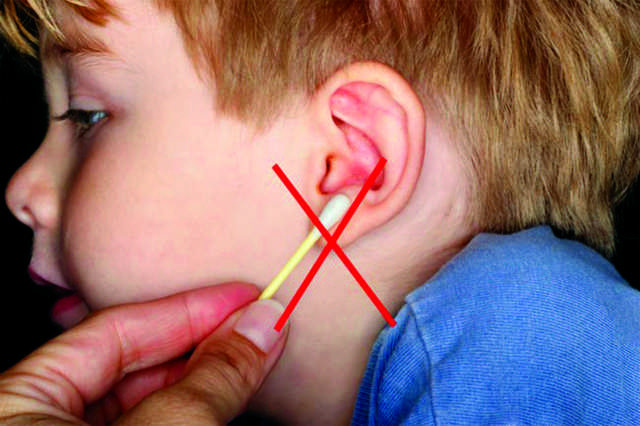Ruptured Eardrum Causes, Symptoms, Diagnosis and Treatment

What Is A Ruptured Eardrum?
Ruptured ear drum, medically known as perforated tympanic membrane, refers to a tear or development of a hole in the eardrum (thin tissue that separates ear canal from middle ear).
Ruptured eardrum may result in temporary hearing loss and infections. It occurs due to otitis media, trauma, explosion, loud noise etc.
Generally, a ruptured eardrum heals on its own, within a few weeks. However, if it persists, treatment may be required.
Ruptured eardrum may lead to development of chloesteatoma. This is a cyst in the middle ear which comprises of skin cells and debris. When the eardrum is ruptures, the skin debris, which normally travels from the outer ear with the help of earwax, passes into the middle ear and form a cyst.
Causes Of Ruptured Eardrum:
There are several causes which may lead to ruptured eardrum. This may include:
- Middle ear infection (otitis media).
Pressure from fluids accumulated can cause the eardrum to rupture. - Barotrauma.
- Loud sounds or blasts (acoustic trauma).
- Foreign objects in ear.
- Severe head trauma.
Symptoms Of Ruptured Eardrum:
The following signs and symptoms are exhibited:
- Ear pain that may subside quickly
- Clear, pus-filled or bloody drainage from the ear
- Hearing loss
- Ringing in the ear (tinnitus)
- Spinning sensation (vertigo)
- Nausea or vomiting that can result from vertigo
- Weakness
- Ear noise or buzzing
Diagnosis Of Ruptured Eardrum:
The following tests may be conducted in order to diagnose ruptured eardrum:
- Laboratory tests, to detect a bacterial infection of your middle ear.
- Medical history
- Tuning fork evaluation.
- Tympanometry.
- Audiology exam, which measures how well the affected individual hears, sounds at different volumes and pitches.
Treatment Of Ruptured Eardrum:
Ruptured eardrum generally heals on its own. If it persists, the following treatment options are available:
- Eardrum patch.
The procedure may need to be repeated more than once before the hole closes. - Surgery.
Tympanoplasty - Medications to relieve pain
Antibiotics
Oral pills
Medical eardrops
In order to avoid ruptured eardrum, the following measures can be taken:
- Protect ears during flight, to avoid pressure building
- Avoid putting foreign objects in the ear
- Guard against excessive noise.
By : Natural Health News




